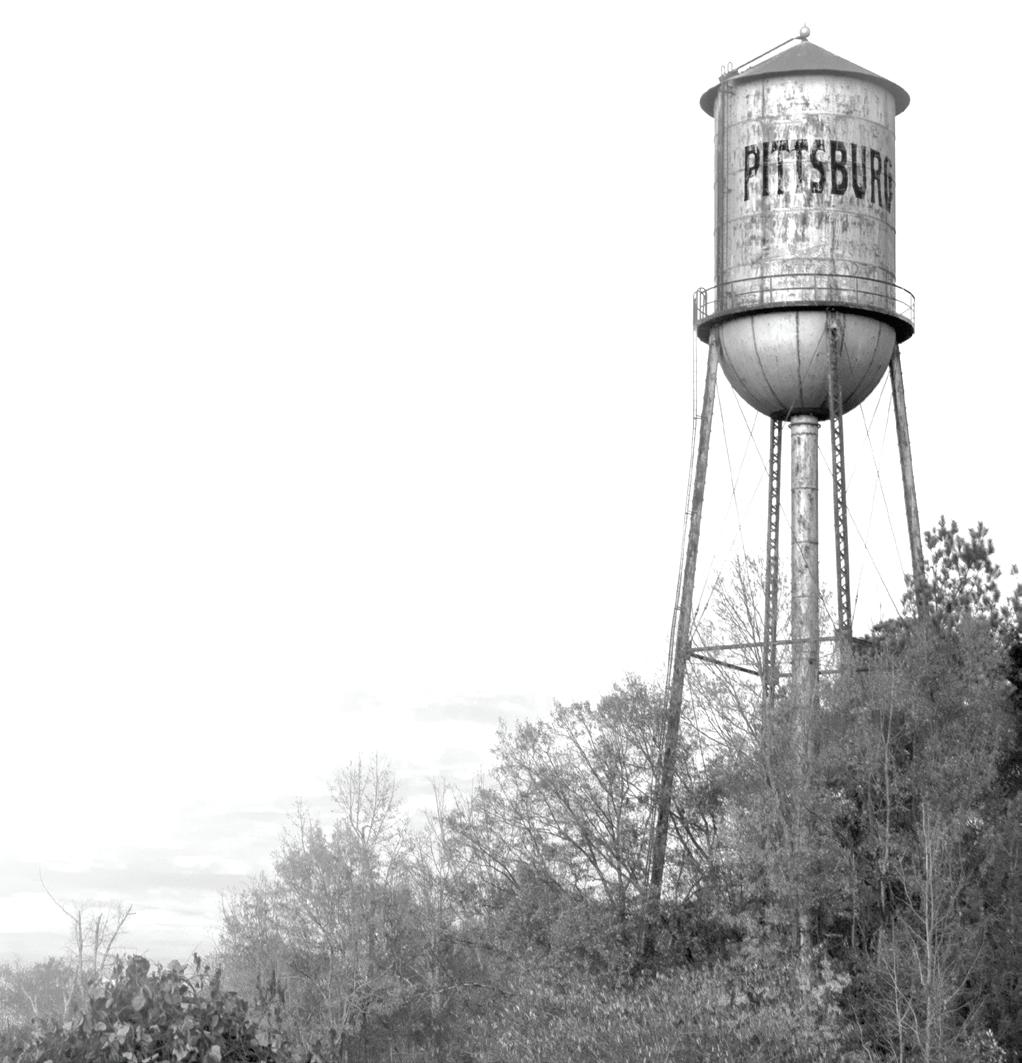
4 minute read
Exhilarating Something Experience

involved in the process, and the disruption and inconvenience that customers and the city encounter.
In addition, the presence of underground utilities presented Wyandotte with another issue with the ‘open cut and direct’ replacement method. “Having all the other utilities underground makes it almost impossible to relocate your mains without running into gas and electric, and we also have underground cable,” Weinrich says., “However, we heard about the SIPP process offered by Advanced Solutions and decided to give it a try on small areas and see what happened,” he recalls.

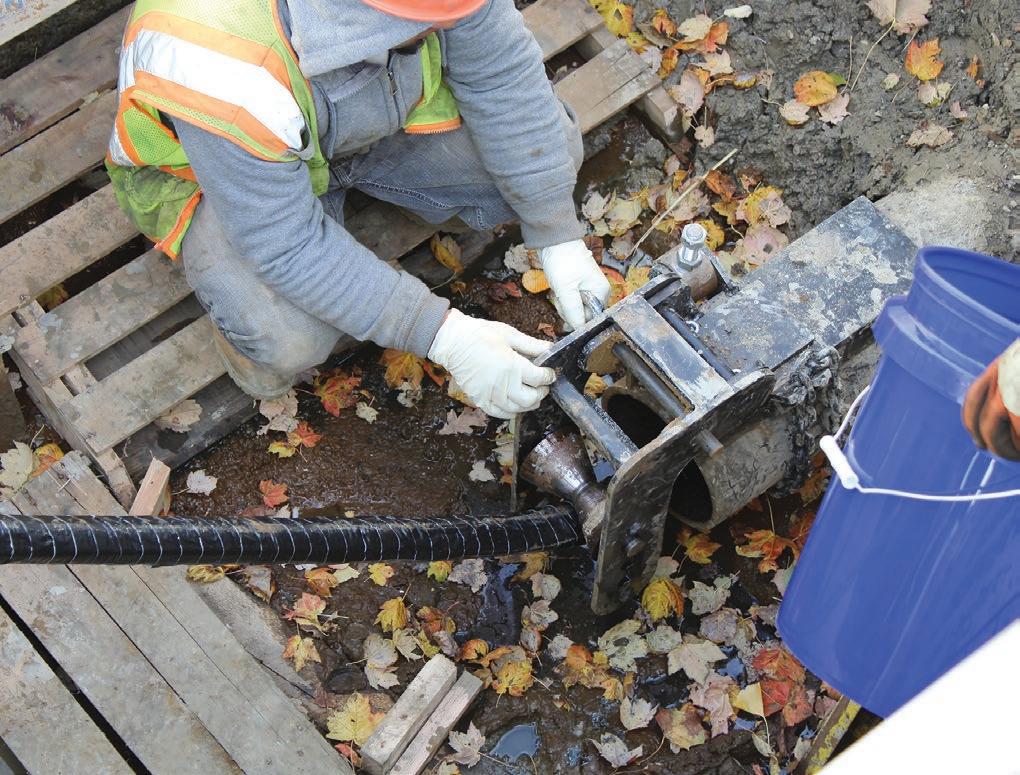
At Weirich’s suggestion, Wyandotte elected to use this system for pipe maintenance in the older part of the township. With aging cast iron pipes that dated back to the 1930s through the 1950s, this area had experienced numerous water main breaks and faced the potential for more. Wyandotte intended to remediate the aging infrastructure through SIPP with the goal of extending the life of the pipes by another 50–75 years.
Weirich describes how the process worked on the section of pipes marked for the SIPP. “We took some main on which we had about 10 to 15 repair clamps. We did three parts of the system: a four-inch pipe and two six-inch pipes. With the SIPP program, we were able to open up three holes to remediate the pipes rather than open cut the whole area and replace the main,” he says.
After locating the pipe next to a valve on each end, Advanced Solutions inserted a receiving pit for the robotic device that applied the epoxy coating. After one section was done, the valve was replaced, and spraying of the lining continued down the line to the next valve, and so on.
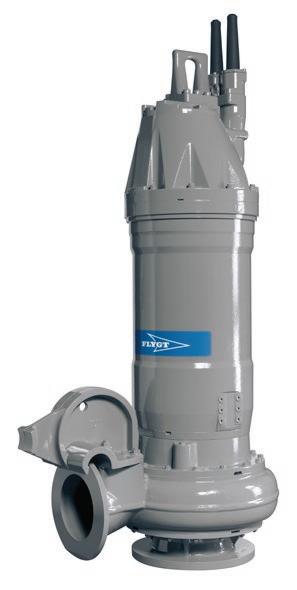
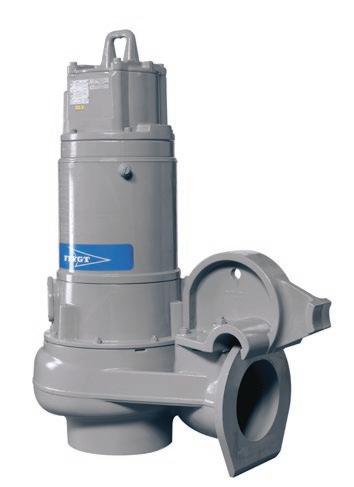

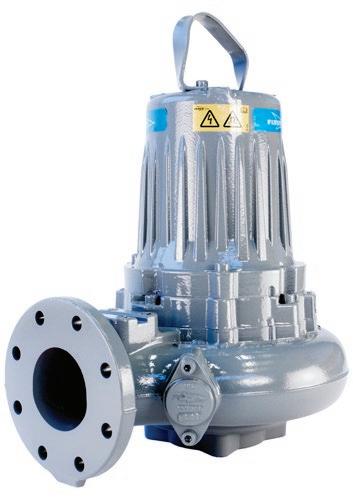
Weirich notes that “In essence, we were lining the pipe and putting in two new operational, more up-to-date valves to replace the older ones that dated back to the 1950s. This gives us a more reliable way to shut the system down. And by sealing the inside of the pipes, I think we’ve greatly reduced the likelihood of main breaks in that area.”
A closer look at SIPP SIPP process, such as that offered by Advanced Solutions, is an efficient and long-lasting trenchless pipe rehabilitation solution consisting of four steps.
• Once the utility agrees on the two access point locations, an access pit is dug one foot below the host pipe at each end of the SIPP run. A three-foot section of the host pipe is removed to allow access to the relining equipment. Using closed-circuit television (CCTV), Advanced Solutions confirms the section of pipe to be restored.
• The pipe interior is then prepared by drag scraping, and/or hydro-jetting to create a clean, smooth, dry surface.

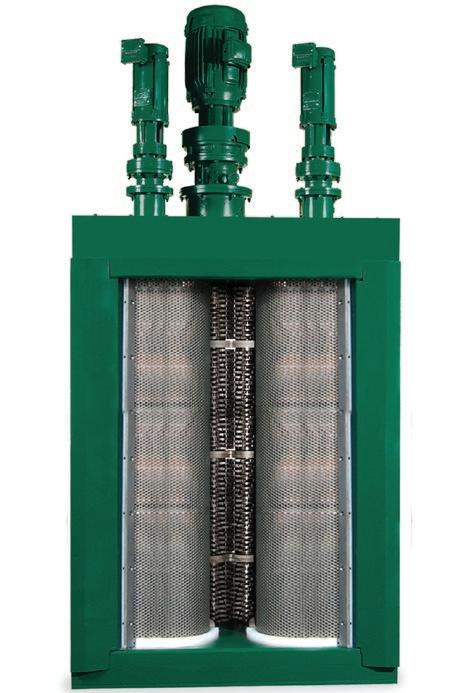
• A second CCTV inspection is conducted to determine if there are any leaks, infiltration or repairs that are needed outside of the SIPP scope of work to ensure that the pipe is properly prepared for application of the epoxy coating. Any repairs needed to address current piping issues are undertaken without the need for additional excavation.
• The epoxy coating is then applied via a spray nozzle attached to a state-of-the-art, computer-controlled robotic spray rig. The 2-part component epoxy material is ANSI/ NSF Standard 61 approved for potable water supply. Once the coating has cured, a final CCTV inspection is conducted to make sure the lining is correct. The sections of pipe that were removed at the access points are reassembled, and the utility proceeds with the chlorination/disinfection before system restoration.
The cured epoxy creates an internal seal inside the pipe, preventing leaks and providing long-lasting protection against future corrosion and biological buildup in the water main. Additionally, SIPP extends the service life of water or sewer pipelines, reduces the frequency of maintenance, and minimizes repair costs and system down time.

This rehabilitation solution works on pipes made of varied materials and ranging from 4 inches to 36 inches in diameter.
Positive results
According to Weirich, the SIPP program has yielded numerous benefits.
“In all, Wyandotte rehabbed approximately 3,500 feet of main in only about one month. If we would have open cut that, we would have likely worked on it all summer,” he says. He also notes that “We were getting only about 1500-2000 feet for the same amount of money with the open-cut method.”
“When we talk about cost savings with SIPP, we compare it to traditional dig-and-replace pipe, or direct replacement, where you dig up the entire length of the pipe that needs attention and replace it all. That causes a lot of disruption, whether you’re digging up a roadway, someone’s yard, driveway, and so forth. We estimate that, on average, SIPP can yield a cost saving of about 30% when compared to direct replacement,” he says.
Weirich also notes a benefit that transcended cost: the ability to minimize inconvenience to consumers by using SIPP rather than open cut and direct replacement. “I look at SIPP as being unobtrusive to the customer because you are not creating a major construction zone. We try as much as we can to prevent inconvenience our customers.”
Because it is a trenchless technology application, SIPP requires only two access points: the first point, where the equipment is inserted, and the second at the other end of the segment – the discharge – where equipment is, in essence, attached and pulled through. And because only very small access points are required, disruption is minimal. There is no need to dig up the whole length of the road. SIPP is great for applications underneath railroads, interstates, highways, buildings, and so forth. That provides a huge benefit to communities and their customers.
“I believe we were the first water department in Michigan to use SIPP. That’s why we started small, so we could make sure that the process was going to work. We took a worst-case scenario to see how this would work. Going forward, we’re going to expand on where we started and begin expanding out to the whole system from those three points,” adds Weirich.
•










